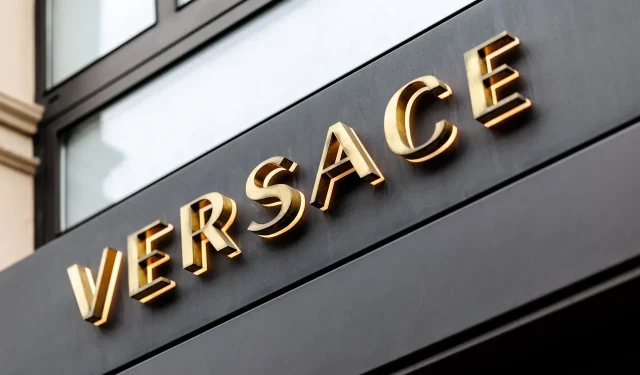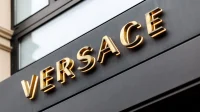Prada Group Acquires Versace for $1.38 Billion: A Shift in Luxury Fashion
In a monumental move within the luxury fashion market, Prada Group has announced its acquisition of Versace for approximately $1.38 billion, a deal confirmed on April 10, 2025. This significant transaction consolidates two powerhouse brands under one corporate structure, reshaping the competitive landscape of high-end fashion, as reported by the BBC.
Patrizio Bertelli, chairman of Prada, commented on the acquisition, expressing a commitment to upholding Versace’s bold and timeless aesthetic throughout its continued evolution. This move not only entails the purchase of the luxury brand but also includes its existing debt, signaling a strategic response to rival luxury conglomerates such as LVMH and Kering.
Impacts of the Acquisition on Versace
This acquisition is noteworthy, representing the largest in Prada’s 112-year history. Following the announcement, industry observers expressed a mix of reactions on social media, reflecting both enthusiasm and concern. Notably, Donatella Versace, who stepped down from her role as creative director in March after nearly three decades, will transition to chief brand ambassador, while Dario Vitale, formerly the design and image director for Miu Miu, steps into the role of Chief Creative Officer at Versace.
“Donatella stepping down is really the end of Versace omg,”one X user commented.
“That’s a huge move Prada’s making! Interesting to see how this changes the luxury fashion landscape with Versace now under their wing,”another user wrote.
As fans and fashion followers react, mixed sentiments emerge: some commend the strategic nature of the acquisition, while others raise questions about the brand’s future trajectory and value.
“I can’t believe how Versace went under like this. They were always my favorite,”an X user remarked.
“I didn’t think Versace was worth that little. Elon Musk could have purchased it,”said another user.
“Overpriced, China-made stuff worn by celebrities. No thanks, I just get knock-offs from street vendors,”a netizen wrote.
Financial Context and Strategic Vision
The deal’s valuation is substantial, yet it falls short of the $2.15 billion price tag that Capri Holdings paid for Versace in 2018. This reduced figure reflects ongoing financial difficulties faced by Versace, attributed to a slowdown in luxury goods demand globally.
With this acquisition, Prada solidifies its position as Italy’s largest luxury fashion entity, joining a portfolio that includes prestigious labels like Miu Miu and Church’s. The leadership of Miuccia Prada and Patrizio Bertelli is pivotal for global expansion efforts within the luxury sector.
“This is a long-term play. Versace has huge potential. The journey will be long and will require disciplined execution and patience,”stated CEO Andrea Guerra.
Donatella Versace’s Legacy and the Future
Donatella Versace’s notable journey as creative director began in 1997, following the tragic loss of her brother, Gianni Versace. Under her direction, the label became synonymous with high glamour and attention-grabbing runway presentations, as highlighted by significant moments in pop culture, such as Jennifer Lopez’s iconic green dress at the 2000 Grammys.
Despite facing numerous challenges over the years, Donatella has remained integral to the brand’s identity. Her abrupt exit from the creative director position, reportedly due to internal shifts within Capri Holdings, raises concerns among fans regarding the future trajectory of Versace.
“Versace is in my DNA and always in my heart,”stated Donatella in her remarks following the transition.
While the potential for growth is evident, analysts urge caution regarding the brand’s legacy without its longstanding creative leader. Luca Solca from Bernstein noted that while the strategic alignment is sound, “Versace requires huge investments,”indicating that the path forward must balance brand integrity with financial revitalization.
As the Milan-based fashion house embarks on this new chapter, it aims to maintain Versace’s distinct aesthetic while navigating the complexities of a business-first approach in a highly competitive industry.


